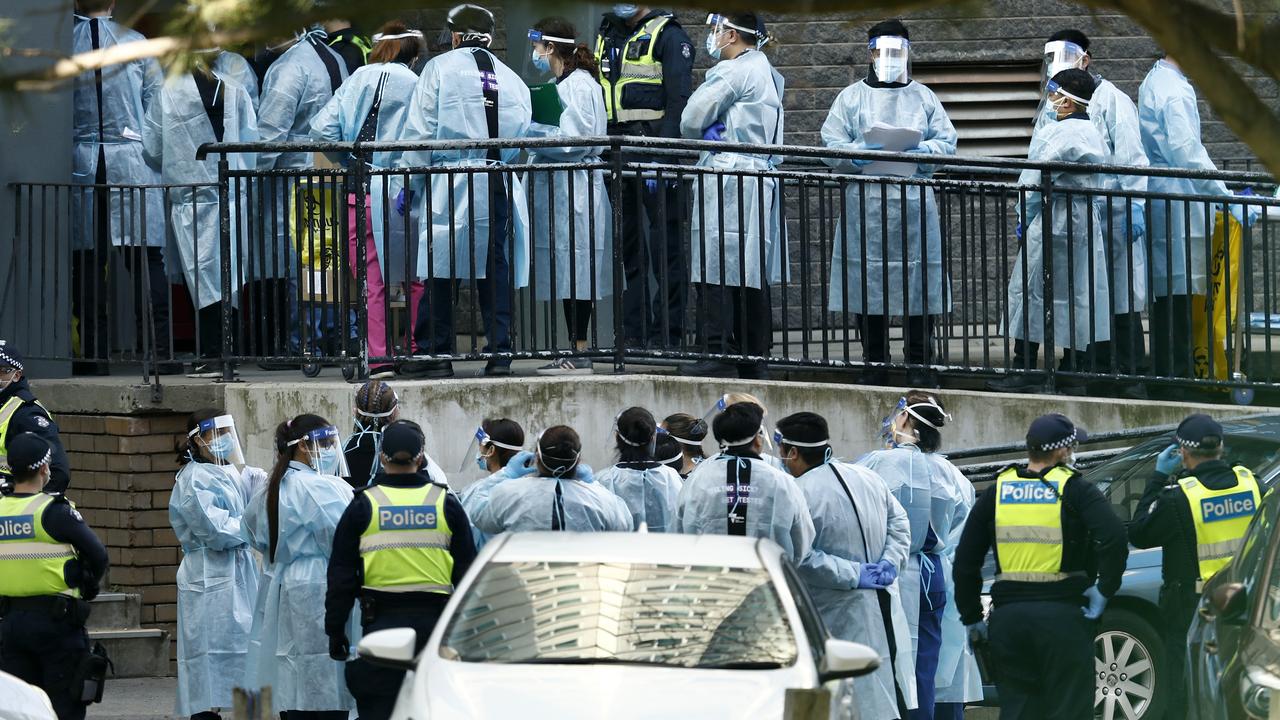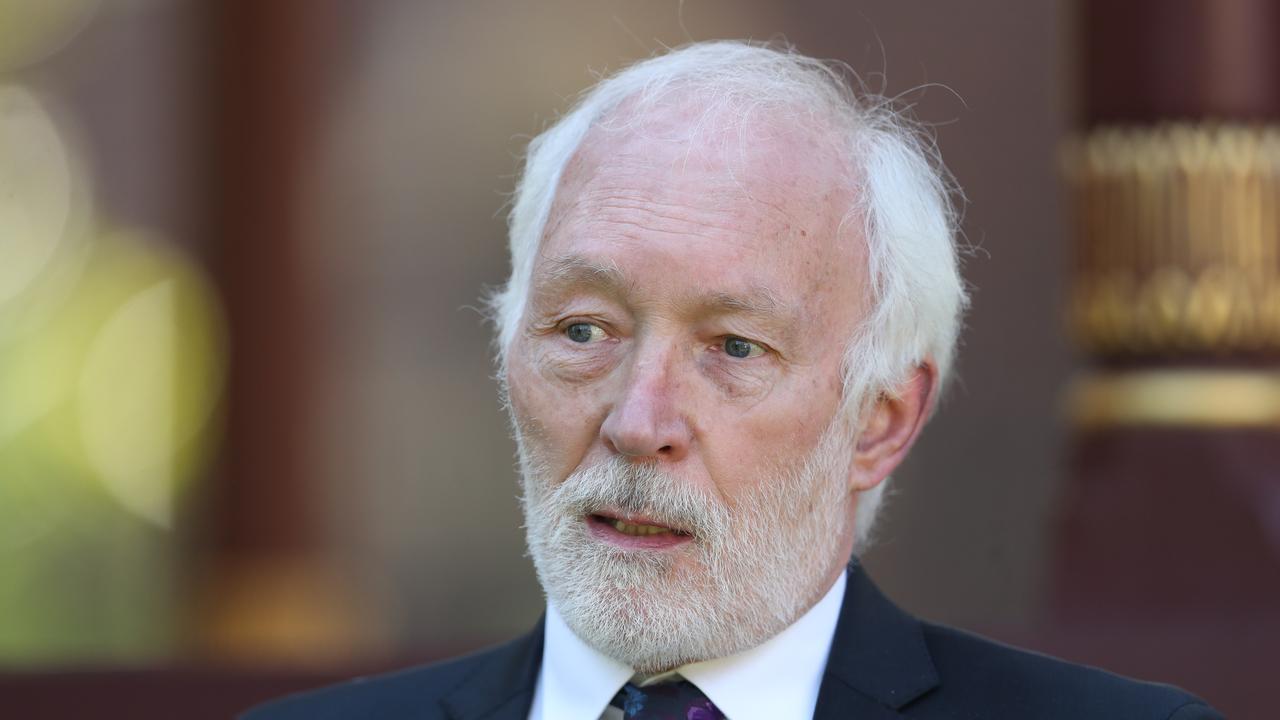Bitter pill over PBS savings shortfall
A key savings measure for the Pharmaceutical Benefits Scheme came up $864 million short last year.

A key savings measure for the Pharmaceutical Benefits Scheme came up $864 million short last year, after a similar shortfall the year before, prompting the federal government to quietly cease reporting on its performance.
Under price disclosure, pharmaceutical companies submit sales information to the government so it can adjust its payment to more closely reflect the price at which the medicines are supplied.
As a result, some medicines subject to competition come down in price, saving consumers and the government money.
However, in each of the past two financial years the actual savings to government came in at roughly 75 per cent of the Department of Health’s forecast.
An inability to accurately model expenditure on the $12 billion PBS — a major component of the federal budget — has become a recurring theme as more new drugs are given subsidies.
In 2016-17, the department’s savings target was $3.26bn but price disclosure delivered only $2.42bn, an $839m shortfall. Even after that shock result, savings were still anticipated to grow by hundreds of millions each year, with a target of $3.6bn set for 2017-18. Newly released figures show price disclosure delivered only $2.74bn in savings last financial year, an $864m shortfall.
The department acknowledged it was lower than anticipated but said “medicine prices continue to reduce to below the general patient co-payment of $39.50, resulting in a reduction to consumers’ out-of-pocket costs”. Generic brands and e-prescribing would continue to bring savings under price disclosure, the department said.
But instead of reporting on whether price disclosure saves more than $4bn next year, as was forecast in the 2017-18 budget, the government has decided to stop reporting dollar figures altogether.
The government will now report only on the percentage of eligible medicines assessed in accordance with price-disclosure requirements. It is understood to already be 100 per cent and likely to be sustained at that level.
Ahead of 2017-18, the PBS was forecast to cost the government $11.8bn overall, but in the past budget was estimated to have actually cost $12.5bn that year. The 2018-19 forecast has been revised upwards to $12.1bn, with the government taking the unusual step of factoring into its forward estimates $1bn in drug listings that had yet to be announced.
Stephen Duckett from the Grattan Institute, which has proposed different PBS savings measures, described the change in performance reporting for price disclosure as “a bureaucratic obfuscation”.
“The PBS could save millions of dollars each year with better pricing negotiations with pharmaceutical companies,” Dr Duckett said.



To join the conversation, please log in. Don't have an account? Register
Join the conversation, you are commenting as Logout